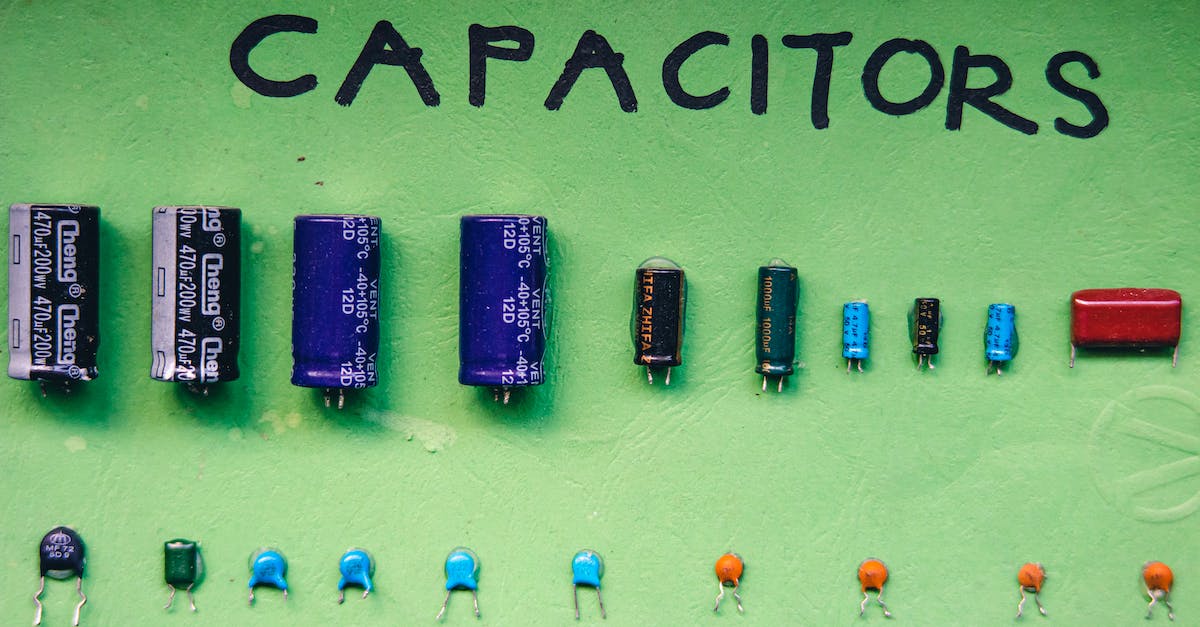An-air-oh-bik ca-pa-city in-ter-valz
Anaerobic, Capacity, Intervals
High intensity, short duration intervals used to build anaerobic capacity.
Example usage: I'm going to use anaerobic-capacity-intervals to improve my speed.
Most used in: Road cycling and mountain biking.
Most used by: Competitive cyclists and triathletes.
Popularity: 8
Comedy Value: 4
Also see: Interval Training, Sweet Spot Training, Sufferfest, Over/Under Threshold Training,
What are Anaerobic Capacity Intervals for Cycling?
Anaerobic capacity intervals are a form of high-intensity interval training (HIIT) used in cycling to increase anaerobic capacity. This type of training involves short, intense bursts of activity followed by short rest periods. It is designed to increase the cyclist’s ability to perform at a higher intensity for longer periods of time.
Anaerobic capacity intervals involve short bursts of intense activity such as sprints, hill climbs, and time trials. These activities are typically performed at a higher intensity than the cyclist’s normal training pace. The rest periods between intervals should be short enough to allow the cyclist to recover quickly and maintain a high intensity. Generally, the rest periods should be no longer than one minute.
Anaerobic capacity intervals are an effective way to increase anaerobic capacity. Studies have shown that cyclists who perform anaerobic capacity intervals can increase their anaerobic power by up to 10%. This type of training can also help cyclists improve their overall endurance and performance.
Anaerobic capacity intervals should be included as part of a cyclist’s training program. These intervals should be performed at least twice a week for best results. Cyclists should also make sure to warm up properly before performing anaerobic capacity intervals, and cool down and stretch afterwards.
and do not include any images.The Origin of 'Anaerobic-Capacity-Intervals' in Cycling
The term 'anaerobic-capacity-intervals' was first used in the context of cycling in the 1960s by Dr. Ernst van Aaken, a German scientist and coach. He was the first to recognize the importance of anaerobic-capacity-intervals for improving a cyclist's performance.
Anaerobic-capacity-intervals are short, intense bursts of exercise that are designed to improve a cyclist's ability to produce power and speed over a short period of time. These intervals are performed at a high intensity for a short period of time, usually 30 seconds to two minutes, and are often followed by a period of rest or recovery. The goal of anaerobic-capacity-intervals is to increase a cyclist's anaerobic capacity, which is the ability to produce power and speed over a short period of time.
Anaerobic-capacity-intervals are now commonly used by cyclists of all levels, from beginners to elite athletes. They are a popular training method for improving a cyclist's performance and are often used in conjunction with other forms of training.












